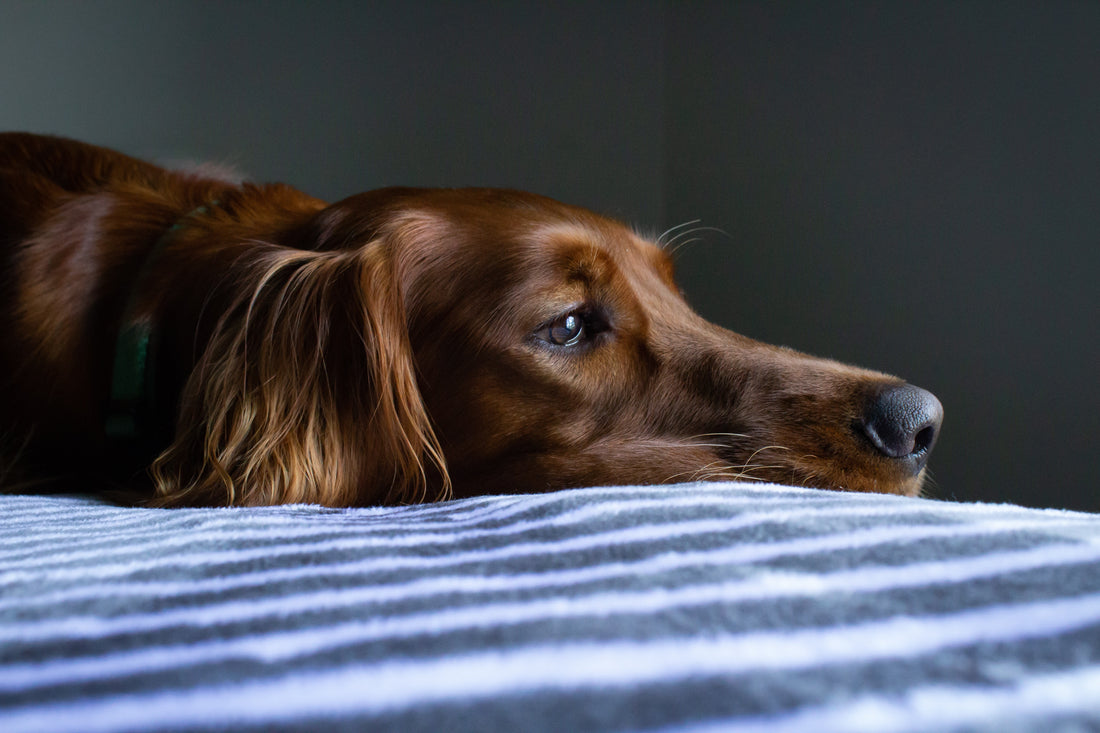How to Handle Your Dog's Separation Anxiety

There’s nothing quite like the bond between human and dog, but sometimes the bond is so strong that separation presents challenges. Separation anxiety is anxiety that is caused by excessive fear of being separated and can be exhibited by dogs.
Separation anxiety comes with a variety of reactions seen as behavioral problems. Does your dog have separation anxiety?
Spot the Signs
Dogs with separation anxiety can exhibit any of the following behaviors:
- Urinating & Defecating in the house
- Excessive chewing and destruction of objects in the house
- Persistent barking, howling, and whimpering
- Pacing constantly
- Escaping confined spaces
- Coprophagia, or the act of defecating and consuming excrement
Typically these behaviors are associated with negative behaviors which should be ruled out to determine separation anxiety:
- Incomplete house training
- Juvenile chewing and digging
- Lack of mental stimulation, or boredom
- Barking and howling triggered by sudden visuals and sounds

The Causes
Separation anxiety can be caused by any of the following events in a dog’s life, past or present:
- Environmental changes
- Abandonment & change of family
- Residential changes
- The sudden absence of a family member (i.e. death)
The Solutions
For mild cases: Patience and careful consideration of the different factors in your dog’s life can help you ease them out of separation anxiety. One example is to introduce comforting things like food or their favorite toy before you depart the house. Another example would be to disassociate the sound of you picking up your keys from leaving the house. Pick up your keys at random times of the day without leaving.
For severe cases: In addition to the aforementioned, develop exercises that test your dog’s ability to cope during your absence. Make sure each test gradually increases in the length of absence it requires. The ASPCA recommends subtle time increases until you reach the 40 minute mark of your dog being able to handle your absence. Once you reach that 40 minute mark, you can increase the absence duration in larger chunks rather than the smaller increments you started with.

You can also consider introducing the following to your dog’s day-to-day:
- Crate training
- More exercise
- Food puzzle toys
- CBD
If you’re finding it difficult to successfully ease your dog’s separation anxiety, we recommend connecting with a Certified Professional Dog Trainer (CPDT) and/or a veterinarian for possible medications that can help. Again, this process requires patience and love so whatever you do, do not scold or punish your fur baby or else that may increase their anxieties.
Looking for more tips and tricks for dog parents? Check out this section of our site, and feel free to leave a comment with any trends for dogs you want looked into or questions you may have that need answers!





















